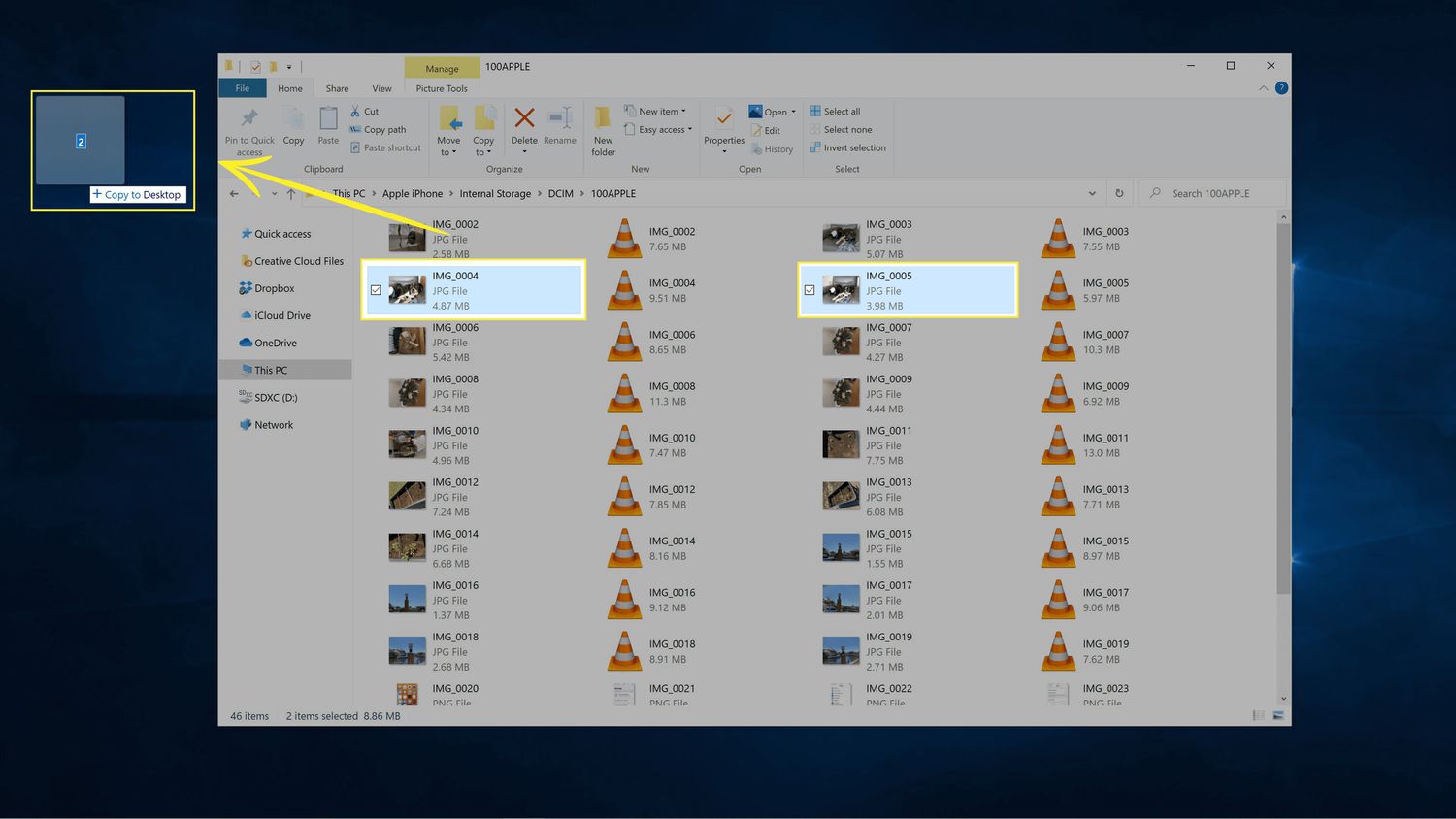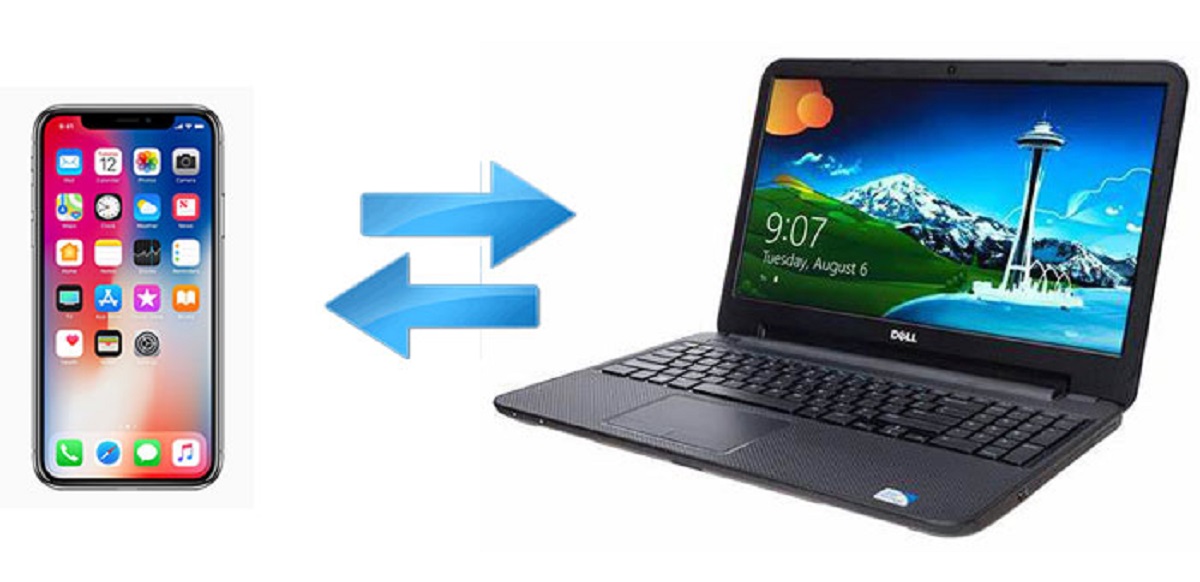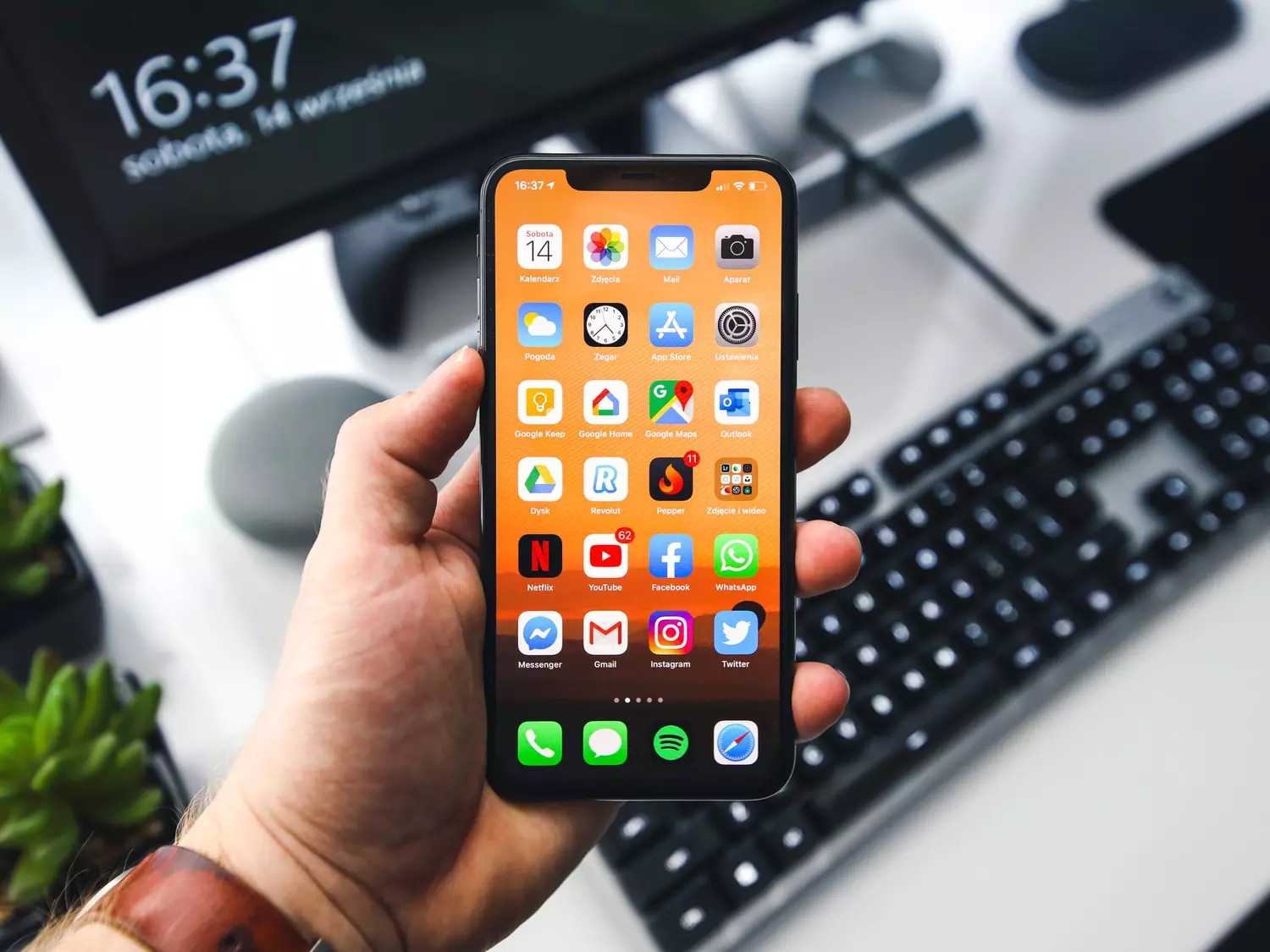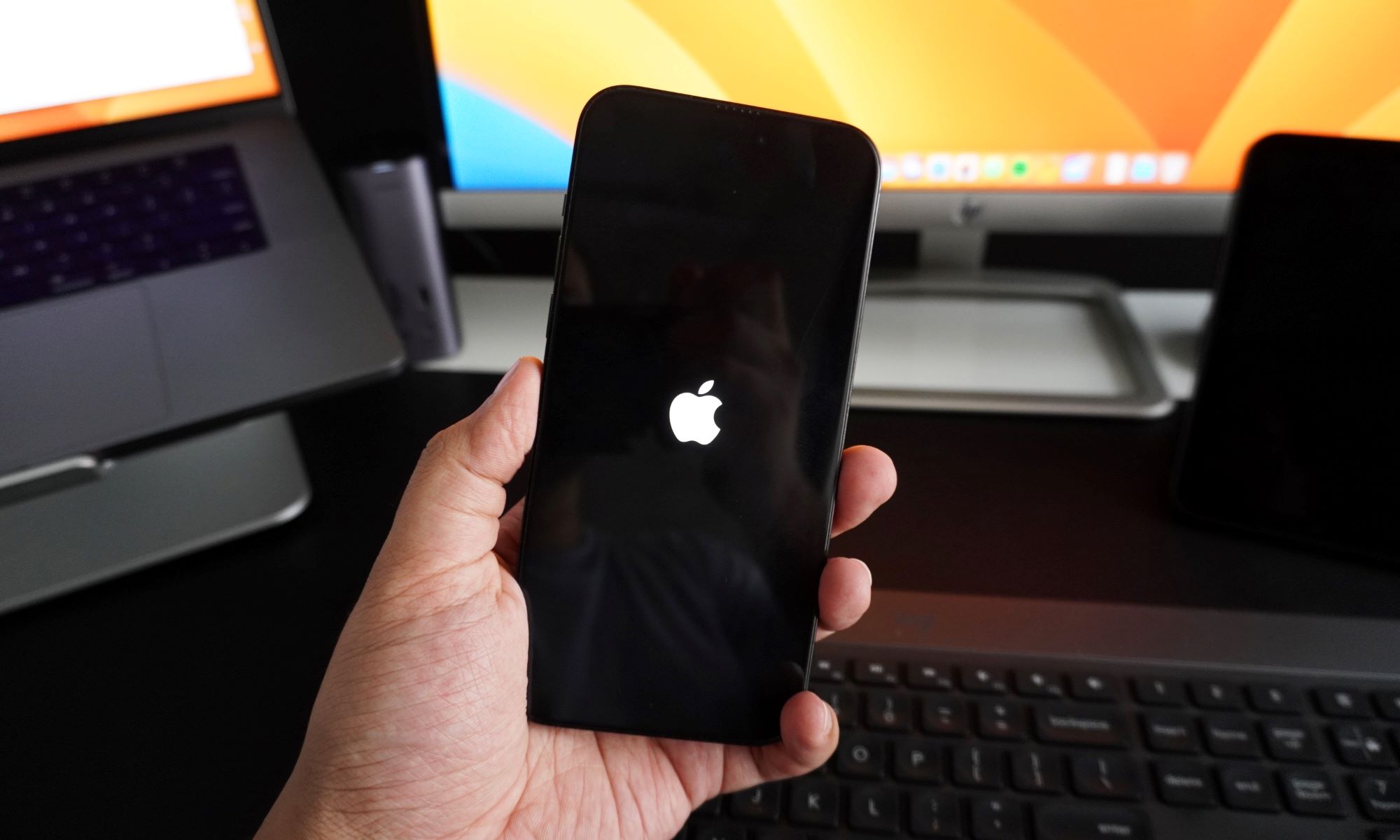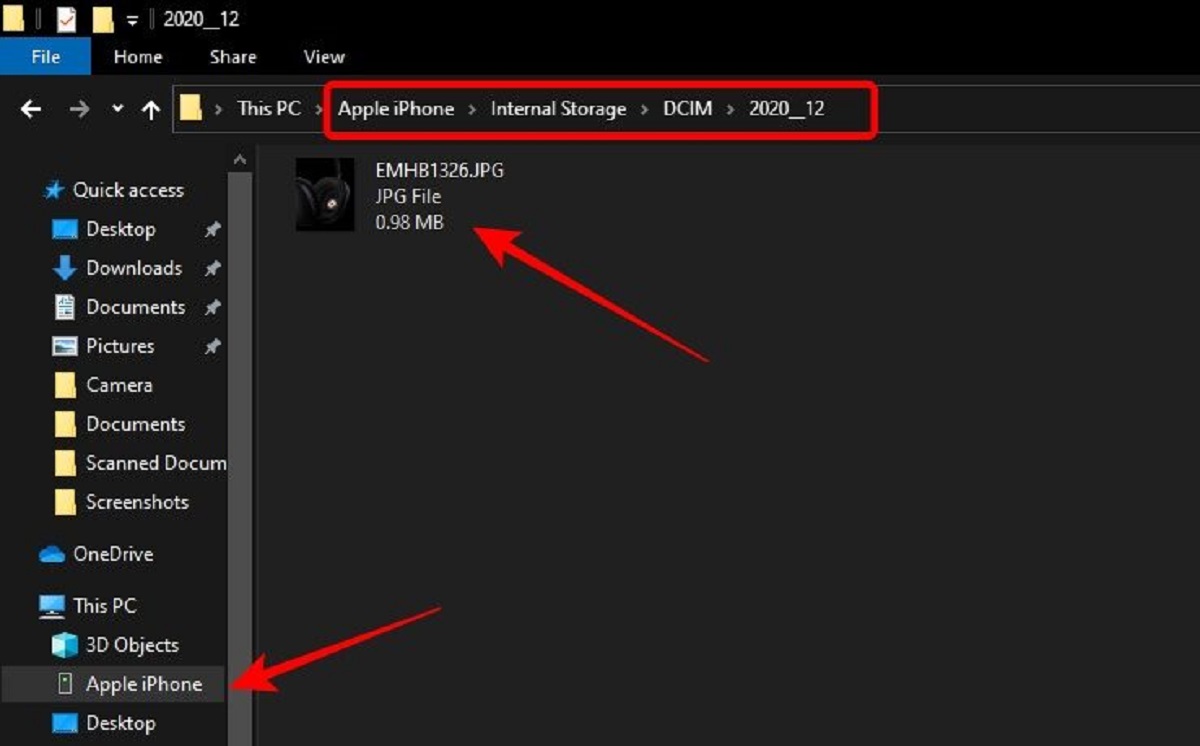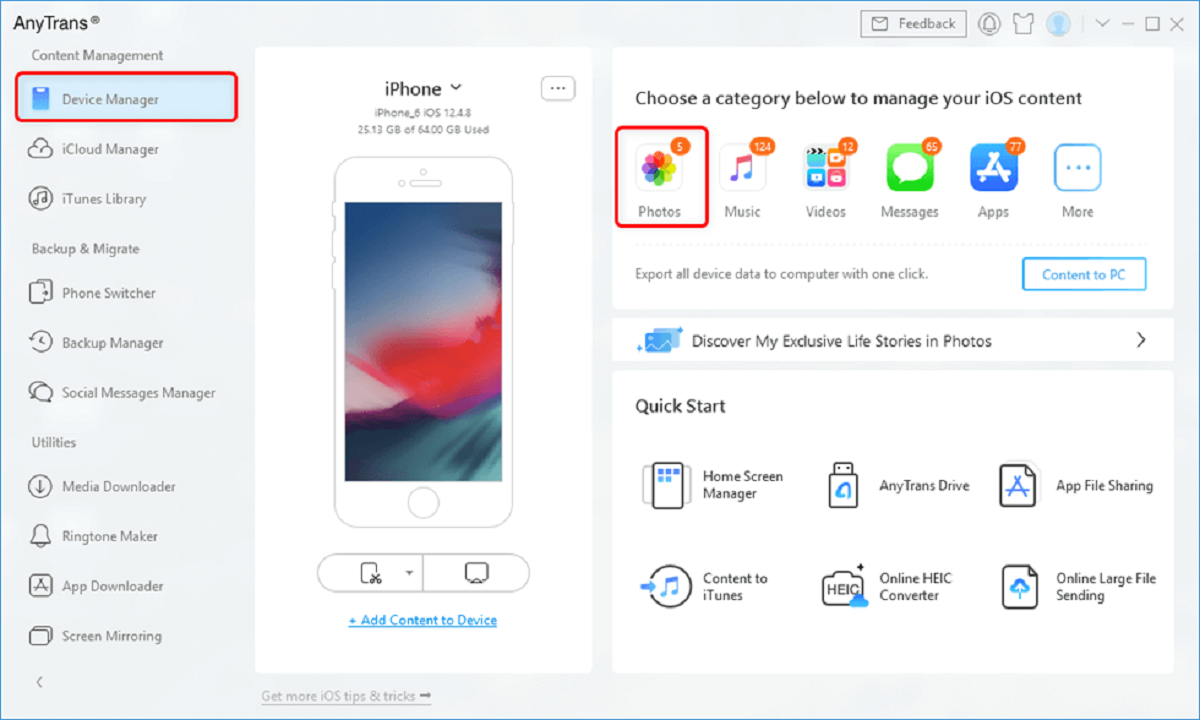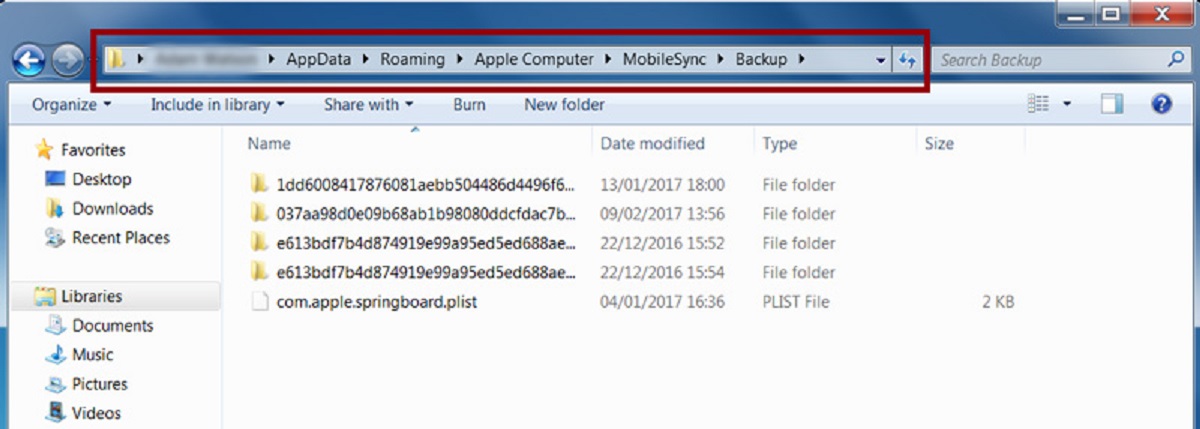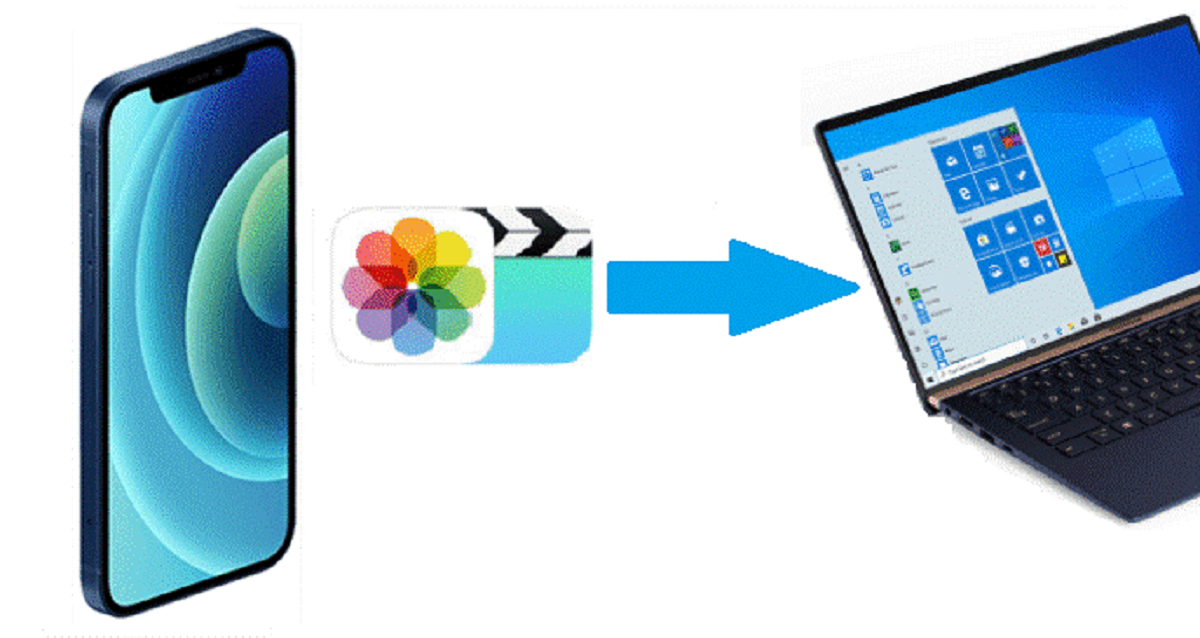Introduction
Accessing files on your iPhone from your PC can be a useful and convenient way to manage your data. Whether you need to transfer photos, videos, documents, or other files, having the ability to access them from your computer can make your life easier. In this article, we will explore various methods to access files on your iPhone from your PC, allowing you to seamlessly navigate and transfer data.
With the evolution of technology, connecting your iPhone to your PC has become a straightforward process. Once connected, you can access your iPhone’s files through several methods, including File Explorer, iTunes, and iCloud. Each method offers its own advantages, so you can choose the one that best suits your needs.
This guide will take you through the steps to connect your iPhone to your PC and access files using different methods. Whether you’re a Windows or Mac user, you’ll find the information you need to easily access files on your iPhone and manage them effectively.
Before we dive into the details, it’s important to note that these methods may require the use of a USB cable, an active internet connection, or the installation of specific software on your PC. Make sure you have the necessary tools and resources available before proceeding.
Now, let’s explore how you can connect your iPhone to your PC and access your files with ease.
Connecting Your iPhone to Your PC
In order to access files on your iPhone from your PC, you first need to establish a connection between the two devices. The process may vary slightly depending on whether you’re using a Windows PC or a Mac, but the overall concept remains the same.
To connect your iPhone to your PC, follow these simple steps:
- USB Cable: Start by ensuring that you have a compatible USB cable. This is the most common method of connecting your iPhone to your PC. Plug one end of the USB cable into the Lightning/USB-C port on your iPhone, and the other end into a USB port on your computer.
- Trust Your Computer: Once the devices are connected, you may be prompted on your iPhone to “Trust This Computer.” Tap “Trust” to establish the connection and allow your PC to access your device’s data.
- Unlock Your iPhone: If your iPhone is locked, you will need to unlock it using your passcode, Touch ID, or Face ID to enable data transfer between your iPhone and PC.
- Windows PC: On a Windows PC, you should see a pop-up notification indicating that a device is connected. It may take a few seconds for your PC to recognize the iPhone. Once recognized, you can proceed to access your iPhone’s files using the method of your choice.
- Mac: On a Mac, you can use the Finder to access your iPhone. Open a new Finder window and look for your iPhone under “Locations” in the sidebar. Click on your device to access its files and manage them accordingly.
Now that you’ve successfully connected your iPhone to your PC, let’s explore the different methods you can use to access your iPhone’s files. Read on to find the method that works best for you.
Accessing Files via File Explorer
If you’re using a Windows PC, one of the easiest ways to access files on your iPhone is through File Explorer. This method allows you to view and manage your iPhone’s files just like you would with any other external storage device.
Here’s how you can access your iPhone’s files via File Explorer:
- Ensure Trust: Make sure you have already trusted your computer on your iPhone following the steps mentioned in the previous section.
- Open File Explorer: On your Windows PC, open File Explorer by pressing the Win + E keys on your keyboard or by clicking on the folder icon in the taskbar.
- Select iPhone: Look for your iPhone under the “This PC” or “Devices and drives” section in File Explorer. It should appear as an external device.
- Access Files: Double-click on your iPhone to open it and navigate through the folders to find the files you want to access. You can explore different folders such as Photos, Music, or Documents to view and manage their contents.
- Copy and Paste: To transfer files from your iPhone to your PC, simply select the files you want to copy, right-click, and choose “Copy” or use the Ctrl + C shortcut. Then navigate to the desired location on your PC and right-click to choose “Paste” or use the Ctrl + V shortcut to paste the files.
It is important to note that File Explorer provides access to media files such as photos and videos, as well as documents and other supported file types. However, some app-specific files may not be accessible through this method. To access files from specific apps, you may need to explore other methods mentioned in this article.
With File Explorer, you can easily transfer files back and forth between your iPhone and PC, allowing you to manage your data efficiently. Now, let’s move on to the next method: accessing files via iTunes.
Accessing Files via iTunes
If you’re an iPhone user, chances are you already have iTunes installed on your PC. iTunes is not just a media player, but also a powerful tool for managing your iPhone’s files. By using iTunes, you can access and sync your iPhone’s files, including music, videos, photos, and more.
Here’s how you can access your iPhone’s files via iTunes:
- Install iTunes: If you don’t already have iTunes installed on your PC, visit the official Apple website and download the latest version of iTunes. Follow the installation instructions to complete the setup.
- Connect Your iPhone: Once iTunes is installed, connect your iPhone to your PC using the USB cable.
- Trust Your Computer: If prompted, make sure to trust your computer on your iPhone to establish the connection.
- Open iTunes: Launch iTunes on your PC. It should automatically detect your iPhone and display its icon in the top-left corner of the iTunes window.
- Access Files: Click on the iPhone icon in iTunes to access your iPhone’s summary page. From here, you can navigate through different tabs, such as Music, Movies, TV Shows, Photos, and more, to access and manage their respective files.
- Sync Files: To transfer files between your iPhone and PC, go to the respective tab (e.g., Music, Photos) and enable the “Sync” option. You can select specific files or folders to sync or choose to sync your entire library. Click on the “Apply” or “Sync” button to start the syncing process.
Using iTunes gives you more control over managing your iPhone’s files. However, keep in mind that iTunes has been phased out by Apple in favor of the Finder app for macOS Catalina and later versions. If you’re using a Mac with an older macOS version, you can still use iTunes to access your iPhone’s files.
Now that you know how to access files via iTunes, let’s explore another method: accessing files via iCloud.
Accessing Files via iCloud
iCloud is Apple’s cloud storage service that allows you to store and access your files across multiple devices, including your iPhone and PC. By syncing your iPhone with iCloud, you can easily access and manage your files from any device with an internet connection.
Here’s how you can access your iPhone’s files via iCloud:
- Enable iCloud Sync: On your iPhone, go to “Settings” and tap on your Apple ID at the top of the screen. Then, select “iCloud” and make sure that the toggle switch next to “iCloud Drive” is turned on. This will enable iCloud syncing for your iPhone’s files.
- Download iCloud for Windows: On your PC, open a web browser and visit the official iCloud website. Download and install the iCloud for Windows app.
- Sign in to iCloud: Launch the iCloud for Windows app on your PC and sign in using your Apple ID and password.
- Select iCloud Drive: In the iCloud for Windows app, you can choose which files you want to sync with your PC. Make sure the box next to “iCloud Drive” is checked.
- Access iCloud Files: On your PC, open File Explorer and select “iCloud Drive” from the left-hand sidebar. You will be able to access and manage your iPhone’s files, just like you would with any other folder on your PC.
- Upload Files to iCloud: To upload files from your PC to iCloud, simply copy and paste the files into the iCloud Drive folder. They will be synced to your iPhone and other devices connected to your iCloud account.
Accessing files via iCloud provides a seamless integration between your iPhone and PC. It ensures that your files are always up-to-date across all your devices.
Now that you’re familiar with accessing files via iCloud, let’s move on to the next section and learn how to transfer files between your iPhone and PC.
Transferring Files Between iPhone and PC
Transferring files between your iPhone and PC is an essential part of accessing and managing your data. Whether you want to backup photos, transfer documents, or sync music, there are various methods you can use to seamlessly transfer files between your iPhone and PC.
Here are some effective ways to transfer files between your iPhone and PC:
- Using File Explorer: As mentioned earlier, you can use File Explorer on your Windows PC to transfer files. Simply navigate to your iPhone’s folders, select the files you want to transfer, copy them, and paste them into a folder on your PC.
- Using iTunes: With iTunes, you can sync files between your iPhone and PC. Connect your iPhone to your PC, open iTunes, navigate to the respective tab (e.g., Music, Movies), and enable the “Sync” option. This will transfer the selected files from your PC to your iPhone, or vice versa.
- Using iCloud: iCloud allows you to seamlessly sync files between your iPhone and PC without the need for a cable. Once you have enabled iCloud Drive on your iPhone and PC, any changes or additions made to files in the iCloud Drive folder will automatically sync across all devices.
- Using Third-Party Apps: There are several third-party apps available in the App Store that facilitate file transfer between your iPhone and PC. These apps often utilize Wi-Fi or a local network connection to transfer files quickly and securely.
- Email or Messaging Apps: For smaller files, you can use email or messaging apps to send files from your iPhone to your PC. Simply attach the file to an email or message and send it to yourself. Open the email or message on your PC and download the attached file.
Choose the method that best suits your needs and preferences. Each method has its own advantages and may be more suitable for specific file types or situations. Experiment with different methods to find the most efficient workflow for transferring files between your iPhone and PC.
Now that you know how to transfer files, let’s move on to some troubleshooting tips that may come in handy if you encounter any issues along the way.
Troubleshooting Tips
While accessing files on your iPhone from your PC is generally a smooth process, you may occasionally encounter some issues or face challenges. Here are a few troubleshooting tips to help you overcome common problems:
- Ensure Proper Connection: Double-check the USB cable connection between your iPhone and PC. If the connection is loose or not properly inserted, it may prevent your PC from recognizing your iPhone.
- Update Software: Make sure that both your iPhone and PC are running the latest software versions. Outdated software can sometimes cause compatibility issues and prevent file transfer.
- Restart Devices: Try restarting both your iPhone and PC. This simple step can often resolve minor glitches and restore proper functionality.
- Trust Computer: If you are prompted to “Trust This Computer” on your iPhone but accidentally clicked “Don’t Trust,” disconnect your iPhone from your PC and reconnect it. You should be prompted again to trust the computer.
- Check USB Port and Cable: Test different USB ports on your PC to ensure that the issue is not with a specific port. Additionally, try using a different USB cable to rule out any cable-related problems.
- Disable Security Software: Temporarily disable any security software on your PC, such as antivirus or firewall programs, as they may interfere with the connection between your iPhone and PC.
- Restart iCloud: If you are experiencing issues with accessing files via iCloud, try signing out of your iCloud account on both your iPhone and PC, and then sign back in. This may refresh the connection and resolve any syncing problems.
- Reset Network Settings: If you are unable to access files via iCloud, resetting the network settings on your iPhone might help. Go to “Settings,” then “General,” and choose “Reset.” Select “Reset Network Settings,” enter your passcode if prompted, and confirm the reset.
- Update Drivers: For Windows users, ensure that the necessary iPhone drivers are up to date. You can check for driver updates either through the Device Manager or by visiting the manufacturer’s website.
If you have tried these troubleshooting tips and are still unable to access files on your iPhone from your PC, it may be helpful to seek additional support from Apple’s official support channels or consult with an expert.
With these troubleshooting tips in mind, you’ll be better equipped to resolve any issues that may arise when accessing files on your iPhone from your PC.
Conclusion
Accessing files on your iPhone from your PC is vital for managing and organizing your data effectively. Whether you’re using File Explorer, iTunes, or iCloud, each method offers its own advantages when it comes to accessing and transferring files.
In this guide, we explored the different methods for connecting your iPhone to your PC and accessing files. We discussed how to connect your devices using a USB cable, navigate files using File Explorer, sync files with iTunes, and utilize iCloud for seamless access across all devices.
Transferring files between your iPhone and PC is an essential task, and we highlighted various methods for this, including using File Explorer, iTunes, iCloud, third-party apps, and email or messaging apps.
If you encounter any issues along the way, we also provided troubleshooting tips to help you overcome common challenges and ensure a smooth file transfer process.
By following these techniques, you can easily access files on your iPhone from your PC, allowing for efficient management and easy transfer of documents, photos, videos, and more.
Now that you have a comprehensive understanding of how to access and transfer files between your iPhone and PC, you can confidently manage and organize your data, making your digital life more streamlined and convenient.
Happy file exploring!







